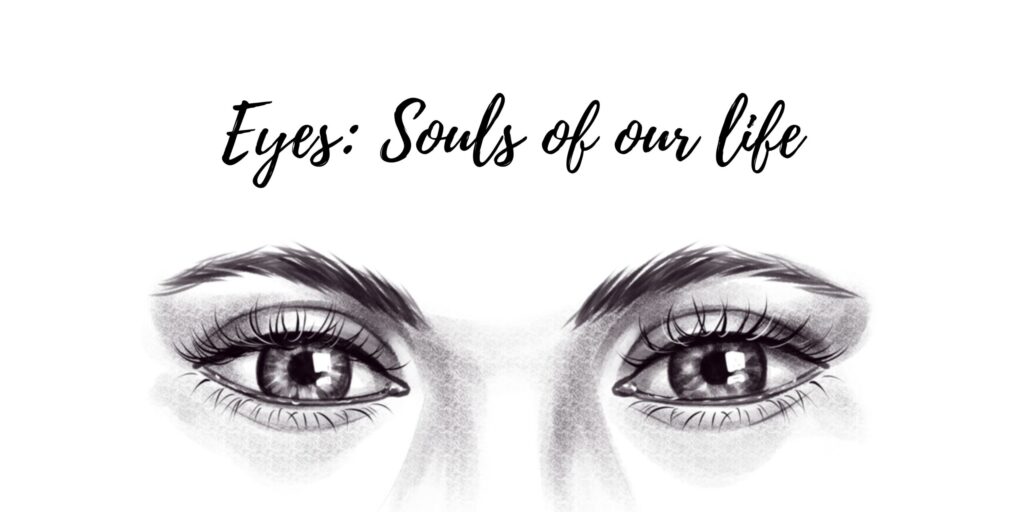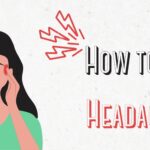Surprising facts about the human eyes
This article describes the surprising facts about the human eyes. The eye is a sense organ that reacts to visible light and lets us use visual information for many things, like seeing things, keeping our balance, and keeping our circadian rhythm.
A circadian rhythm, also called a circadian cycle, is a natural, internal process that happens about once every 24 hours and controls the sleep-wake cycle. It can be used to talk about any process that starts inside an organism and is affected by the outside world. Animals, plants, fungi, and cyanobacteria have 24-hour cycles controlled by a circadian clock.
One of the vital factors you observe about someone is their eyes. They often tell each other things before using words or other nonverbal cues. Iris patterns can show if we are warm, trusting, anxious, and quick to act.
The eye is an extraordinary organ of the body, and no one should take their sight for granted. Because of these things, it is essential to protect your eyes. People say that the eye is the window to the soul, but it can also show us how healthy we are.
Significance of the human eyes
An eye exam can find infections, high blood pressure, diabetes, and even autoimmune disease because the eye is the only spot in the human body where the nerve tissue and blood vessels can be seen directly. Also, having your eyes checked regularly will help find glaucoma and macular degeneration, both of which can lead to vision loss.
Babies have cries that can be heard, but they don’t cry tears until they are about four months old. One of the surprising facts about eyes is that the average time between blinks is 1/10th of a second.
The length of your eye tells how well you can see. Only one-sixth of the eye is exposed to people. People are blind for about 40 minutes a day because of a process called Saccadic masking. This is the body’s way of reducing motion blur when objects and eyes move. 20/20 is not the perfect vision; it implies you could see what the ordinary person could see from 20 feet away.
Why are eyes critical?
About 80% of all the information you ever get comes through your eyes. There are more than 2 million moving parts in an eye. If one of your eyes were a digital camera, it would have a resolution of 576 megapixels.
The brain is an enigmatic organ in the human body. The eyes are the second intricate part of your body. Since an eye has 256 unique characteristics and a fingerprint only has 40, retina security scans are safer. The surprising facts about the human eyes include the involvement of half or more than half of your brain when it comes to vision or sight.
The average person blinks 17 times per minute, 14,280 times in 14 hours, and 5.2 million times yearly. It’s essential to take care of your eyes, whether that means getting an eye exam once a year or wearing sunglasses to shield your eyes from UV rays. Do whatever it requires to keep your eyes healthy.
Eye problems
These are the four most common eye problems that lead to vision loss or blindness:
- Macular degeneration caused by ageing
- Glaucoma
- Diabetes-related retinopathy
- Cataracts
Macular degeneration is an eye problem that makes it hard to see things right before you. It is also called AMD, which stands for age-related macular degeneration. It hurts your macula, which is in the middle of your retina and lets you see small details. It is the main reason why people over 60 go blind. The surprising facts about the human eyes involve healing eye scratches swiftly. Eye scratches recover rapidly, typically within 48 hours if there is no infection.
Glaucoma is an eye disorder caused by fluid pressure in the eye that is higher than usual. The pressure hurts your optic nerve, which changes how your brain gets information about what you see. If glaucoma is not found and treated, it can cause vision loss or blindness in one or both eyes. A lot of times, glaucoma runs in families.
Diabetes-related retinopathy is when the blood vessels in the retina keep getting damaged because your blood sugar (glucose) levels have been too high for a long time without being controlled. The retina is the part of your eye that senses light and lets you see clearly. Most people with diabetes-related retinopathy do not notice changes in their vision until the disease is very severe.
A cataract is when your eye’s lens gets cloudy. This cloudy lens can show up in just one eye or both. Cataracts cause more blindness than anything else in the world. Cataracts can happen at any age, even when a baby is born, but they occur more often in people over 50.
Preventing eye problems
If you’ve never had trouble seeing, you probably don’t think much about your eyes. And you might not be aware of the changes that happen as you get older. Some of these changes can significantly affect your eyesight or even make you blind. The surprising facts about the human eyes involve seeing things upside down, and the brain rectifies the image.
Even small steps, like wearing sunglasses or consuming greens, could help protect your eyesight and keep you from having eye problems later in life. The best thing you can do for your eyes is to eat right. Eat vitamins rather than taking them. Start with a big salad of spinach or kale with different coloured vegetables on top. The nutrients lutein and zeaxanthin, found in green leafy vegetables, have been shown to help lower the risk of eye diseases.
Fruits like gooseberries, oranges, lemons, and mangoes have vitamin C and other antioxidants that help fight eye disease. Salmon or other cold-water fish should be part of your ideal meal because the omega-3s in them help make tears, which helps relieve dry eyes.



